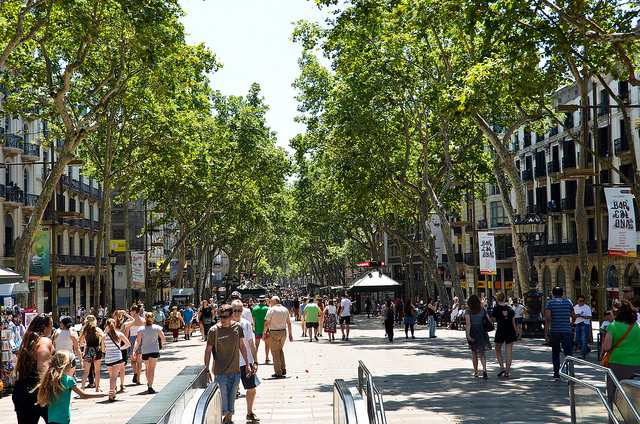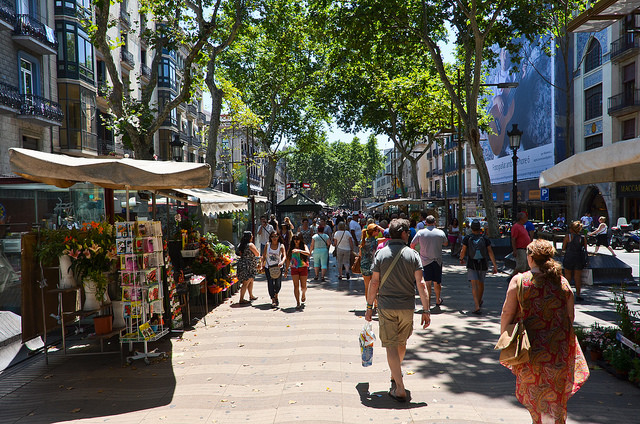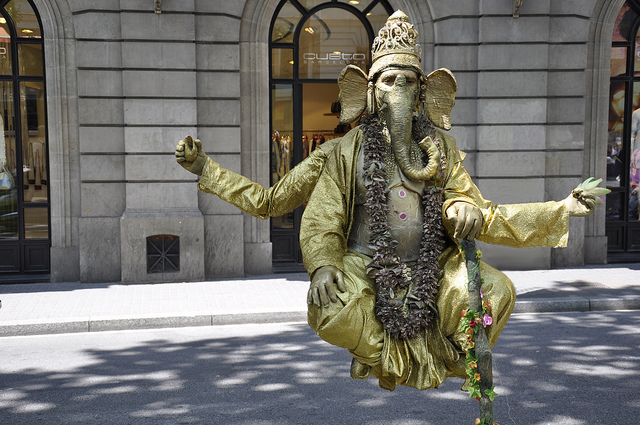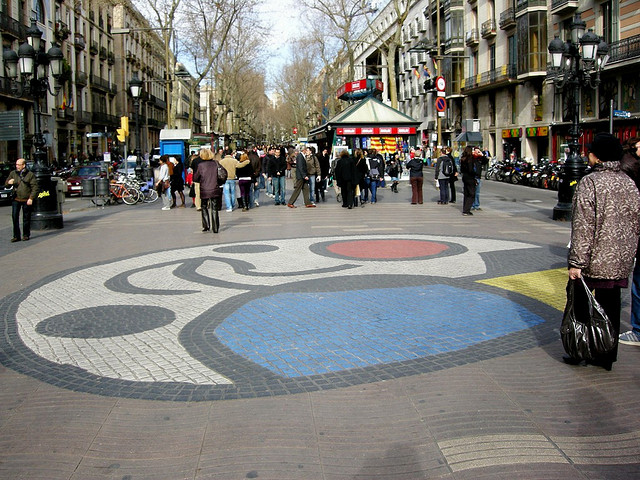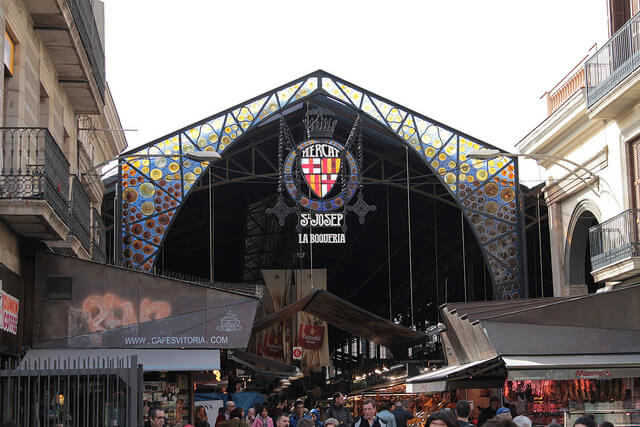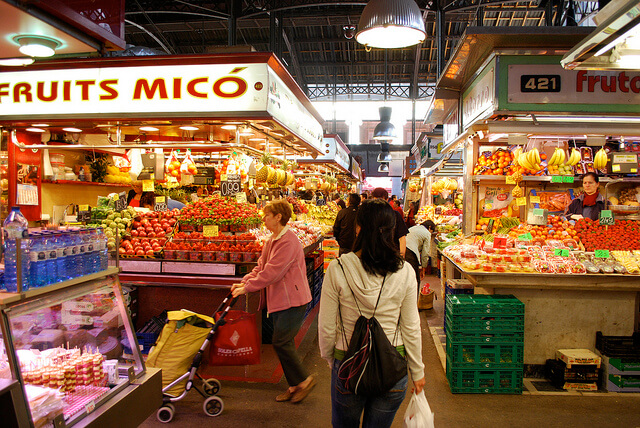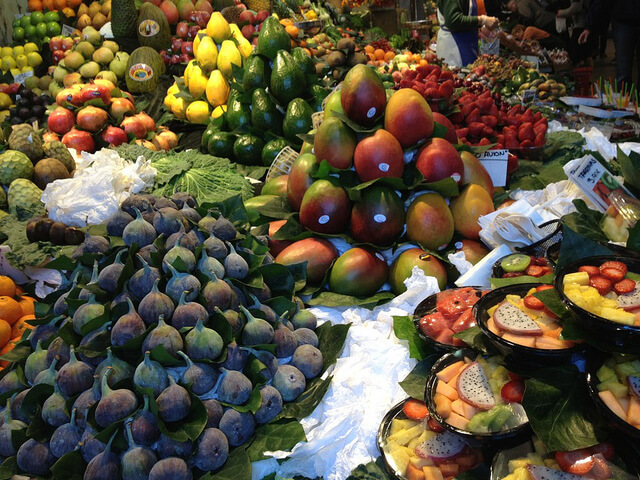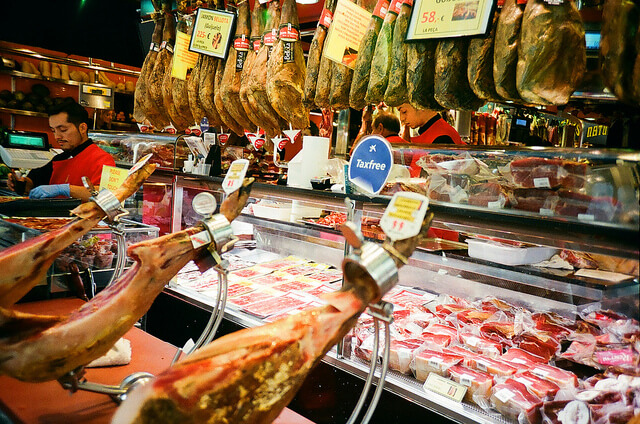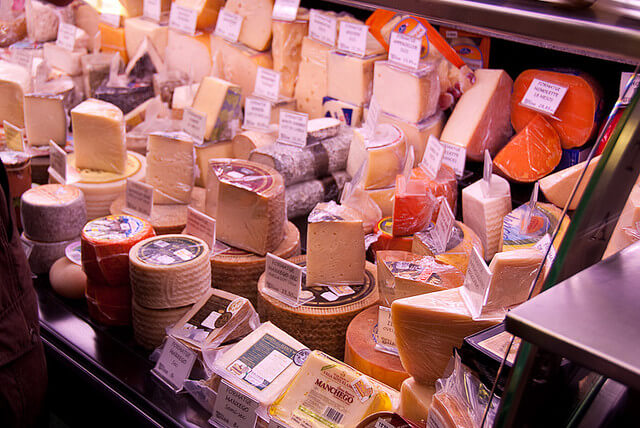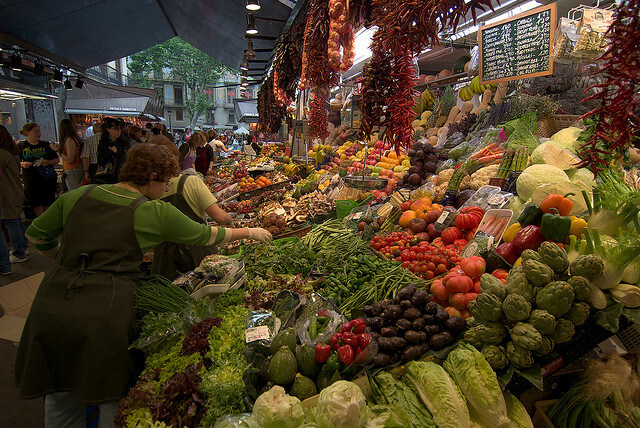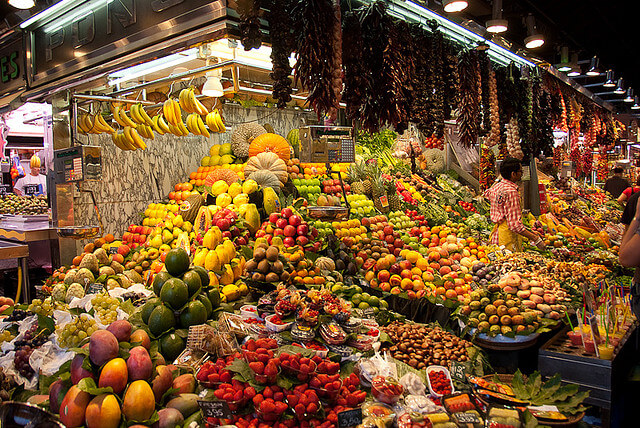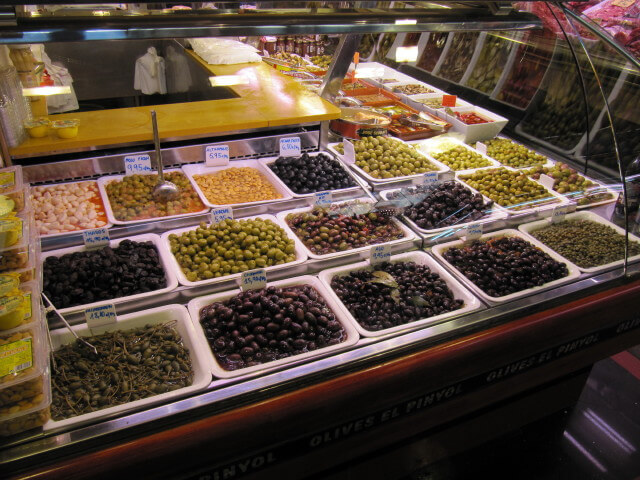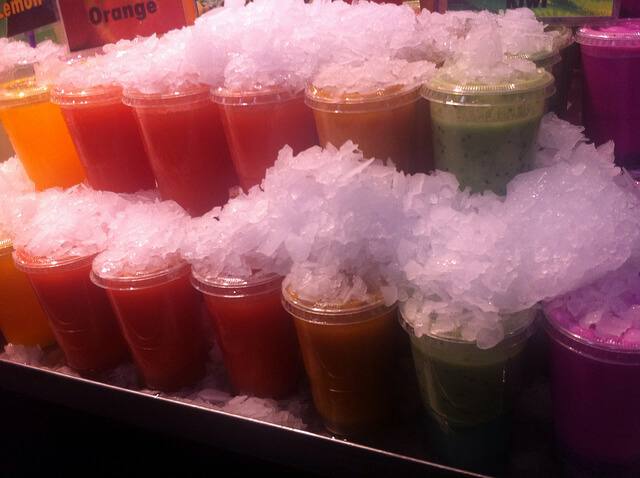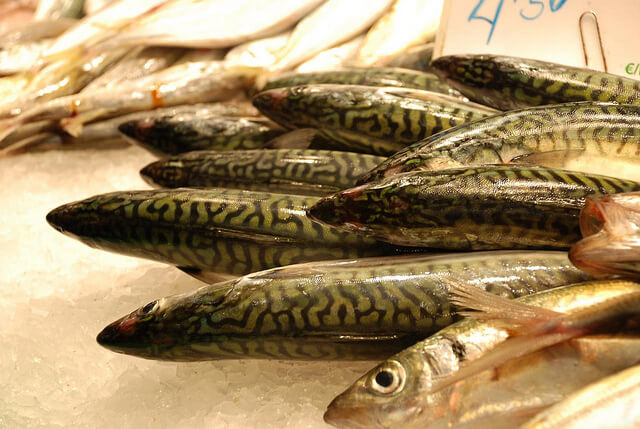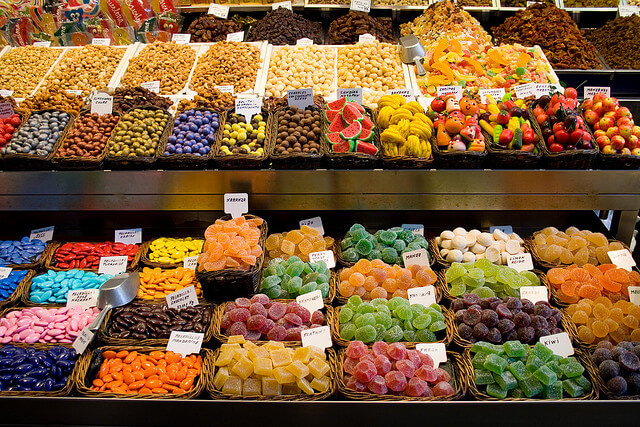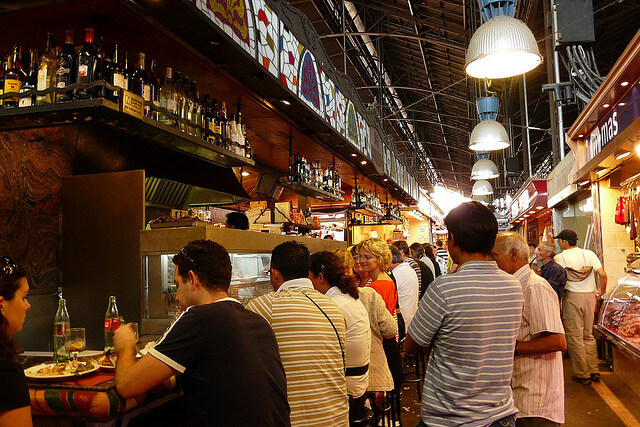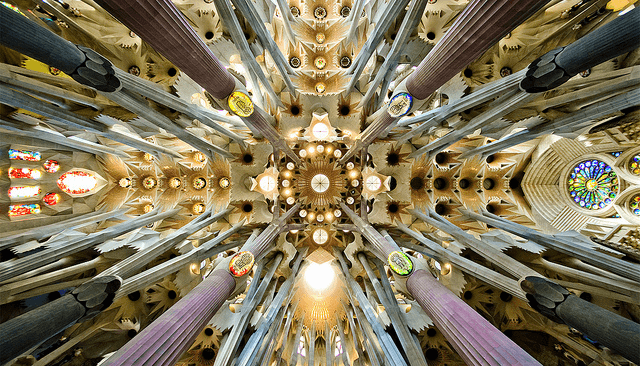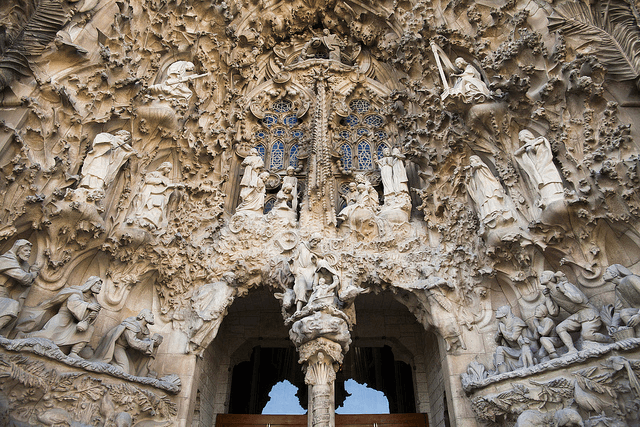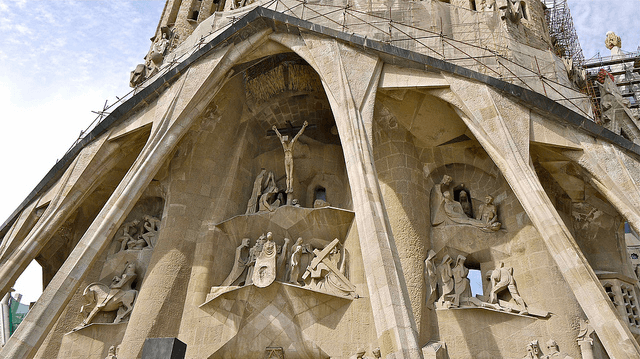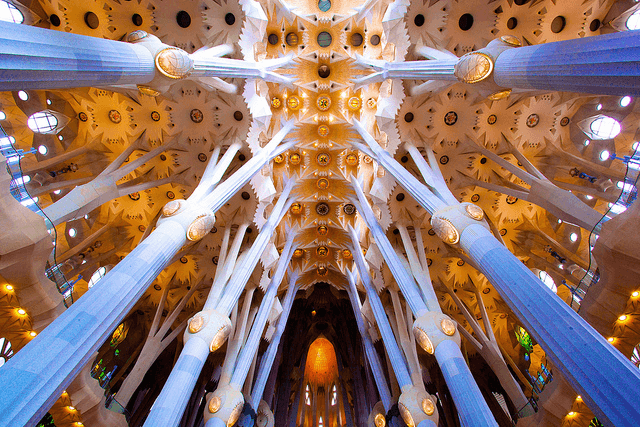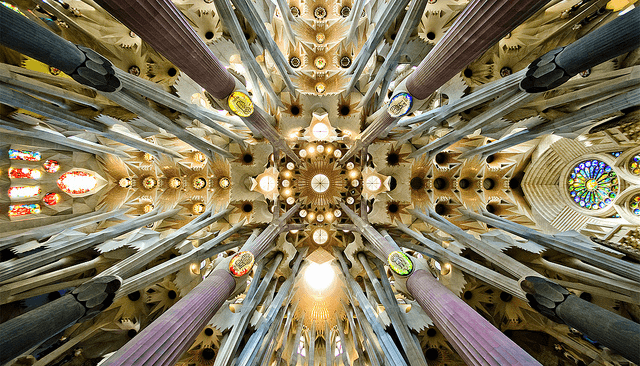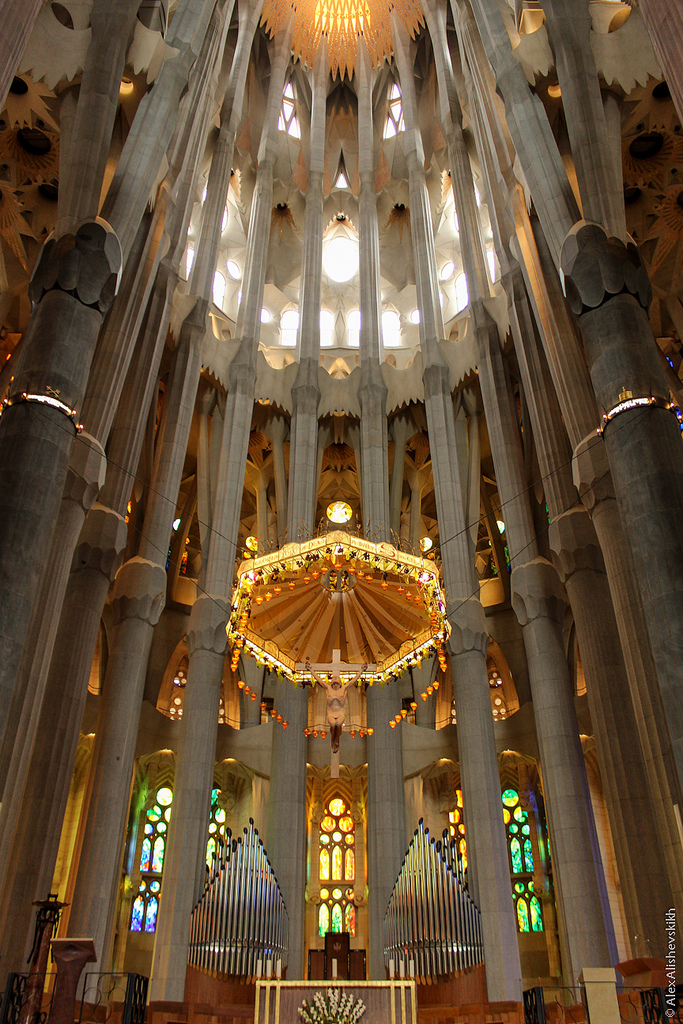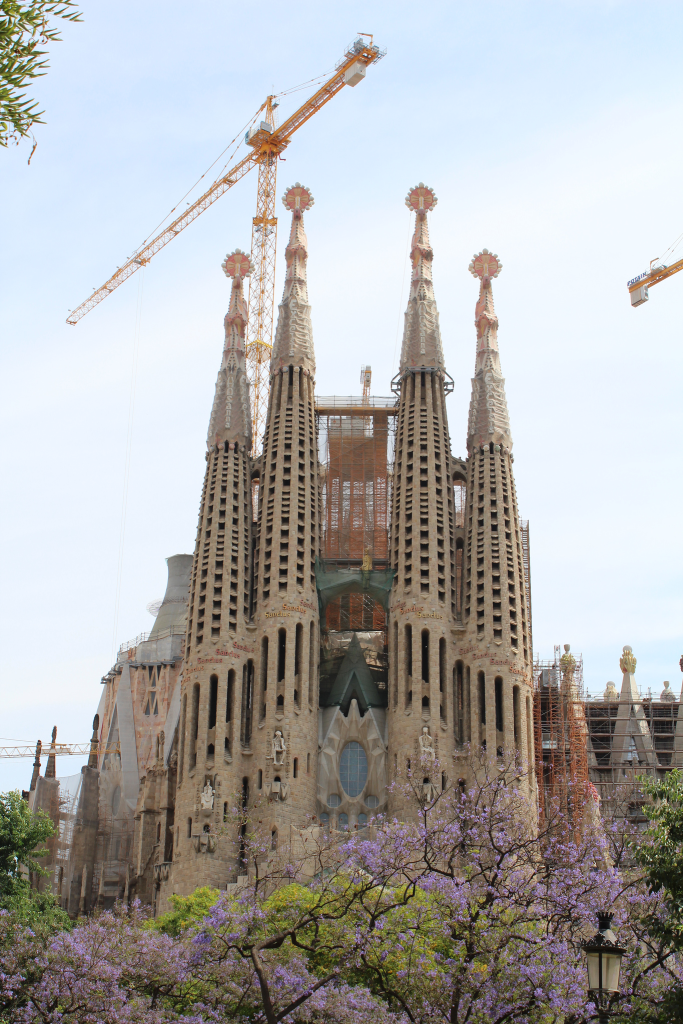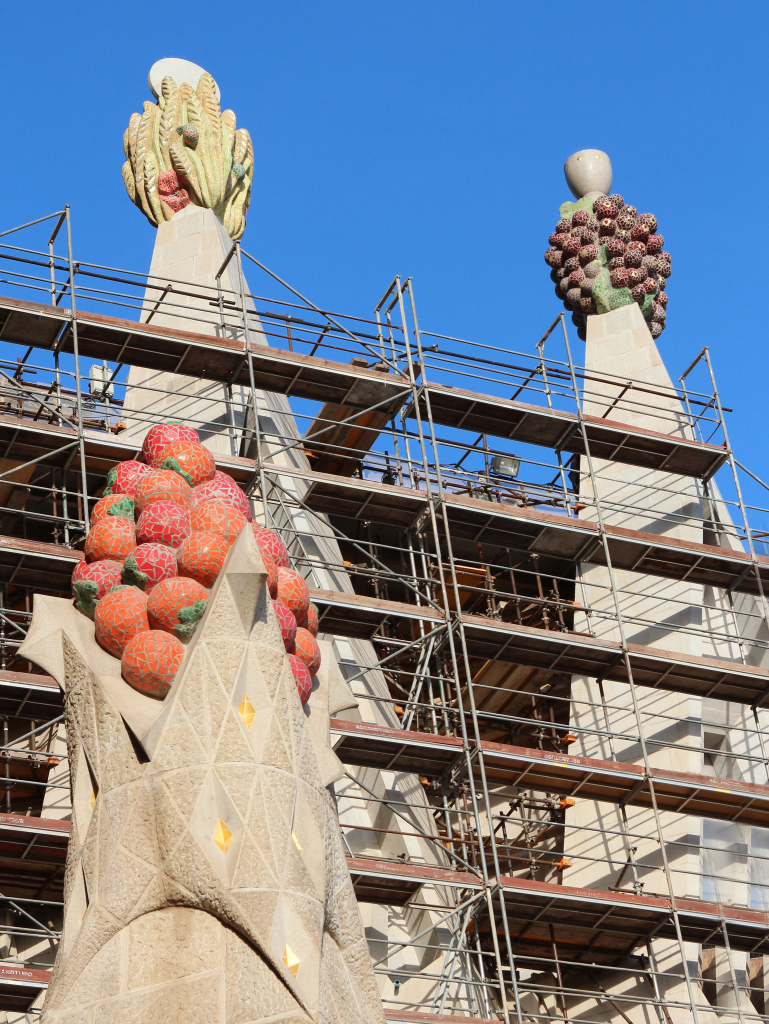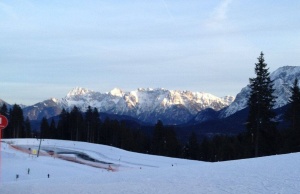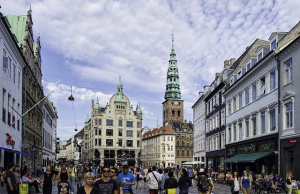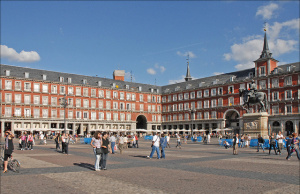A List of Spain’s Most Beautiful Beaches
It’s no secret that Spain is one of my all-time favorite places on earth. A culmination of many factors have led to this love-affair with the home of Jamón, but one of the most significant reasons is the beaches!
Although bordered by France in the northeast and Portugal to the west, Spain is almost completely surrounded on three sides by water. Its unique location at the mouth of the Mediterranean creates such diversity within the nation’s beaches. I’ve been lucky enough to visit many of the coastal areas of Spain- from Barcelona to Valencia to Alicante to Málaga and Tarifa and if you’re thinking of heading to Spain this spring (yes, it can already be warm enough in Spring to go to the beach!) and summer check out my favorite places to get the ultimate playa experience.
1. Costa del Sol
is one of the most famous beach areas of Spain and was my first introduction to Spanish beaches back in 2008. This is located on the stretch east of Gibraltar and is the most southern coast of Spain and is known for extravagant beach parties, endless hours of sunshine and breathtaking beaches. The most famous resort areas include Marbella, Terremolines, Nerja and Málaga.
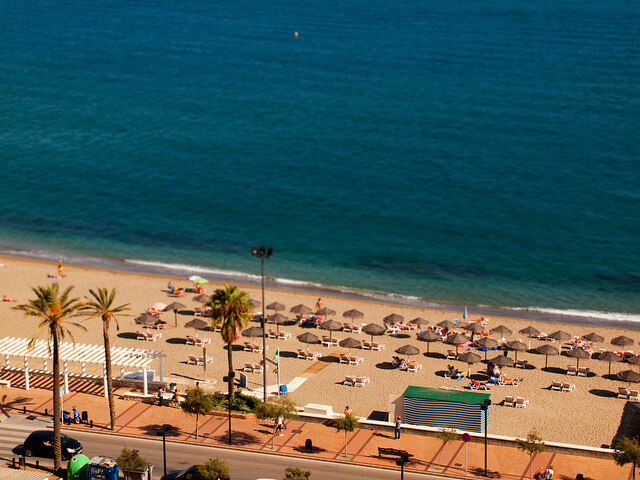
2. Costa Blanca
is the coast that begins at Valencia and runs south through Alicante and Benidorm. I spent a week in Alicante last summer and was so pleasantly surprised by how nice the city beach itself was, despite being a bit crowded. The water was crystal clear turquoise and so salty you could easily just float around catching gazes of the city built up into the mountainside.
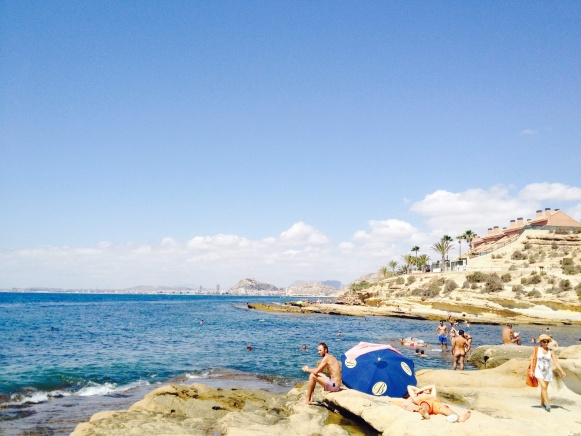
3. The Balearic Islands
probably take the award for the most beautiful beaches that I’ve been to in Spain. These consist of the islands of Mallorca, Menorca, Ibiza and Formentera. Though wildly different in terms of atmosphere (party hard in Ibiza and chill out in Menorca), the beaches are consistently stunning. It’s typically warmer on the island than in the mainland and you can easily take a tour of the island with car or motorbike in a few days. Make sure to check out the lesser-traveled beaches farther from the tourist areas, as these tend to be a bit nicer.
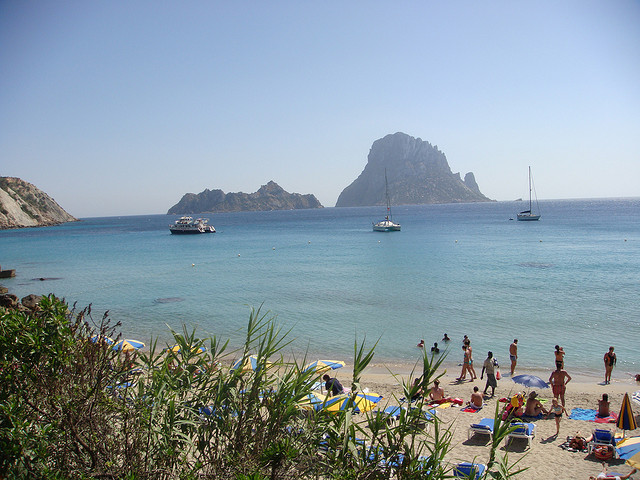
4. Costa Brava
runs from Barcelona to the French border and is where I’ve spent the majority of my Spanish beach time, especially in the sleepy spa town of Caldetas, just an hour north of Barcelona. The beaches here are a bit rockier, but consist of long stretches you can walk for hours.
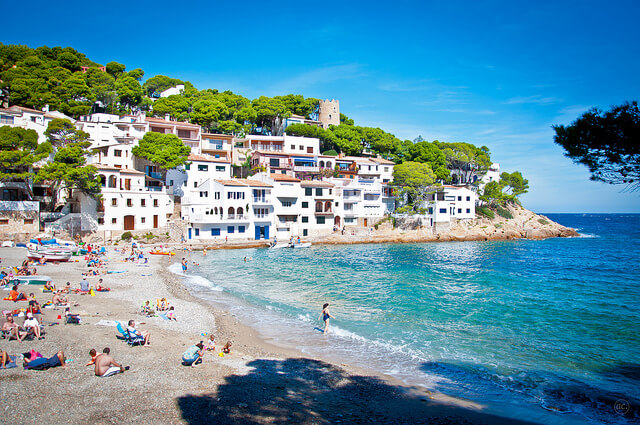
5. Costa Verde
is on my wish list. I’ve been there in the winter, but now must return when the sun is in full spirits. It’s known as being very different from the sundried beaches of Andalucía and more to resemble a sunny version of Ireland’s west shore. The area is also known for being the most green in Spain (hence the name translates to “green coast”), which could provide a bit of respite from the seemingly merciless sun!
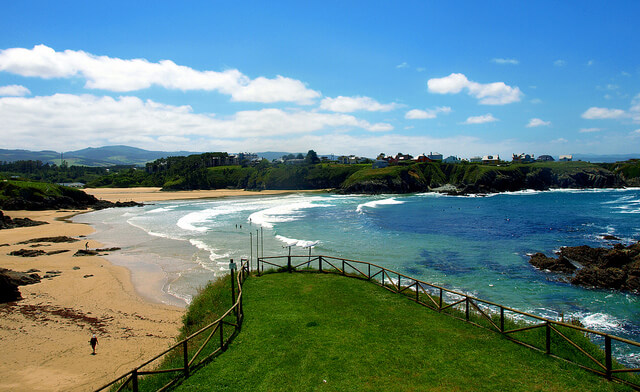
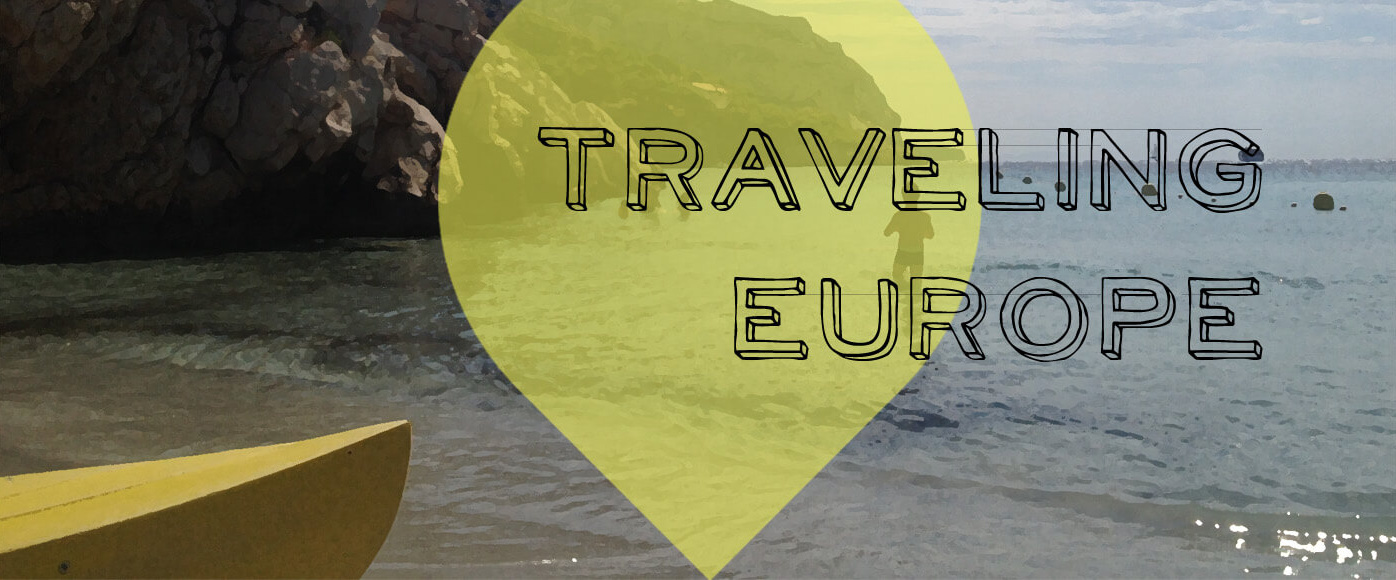

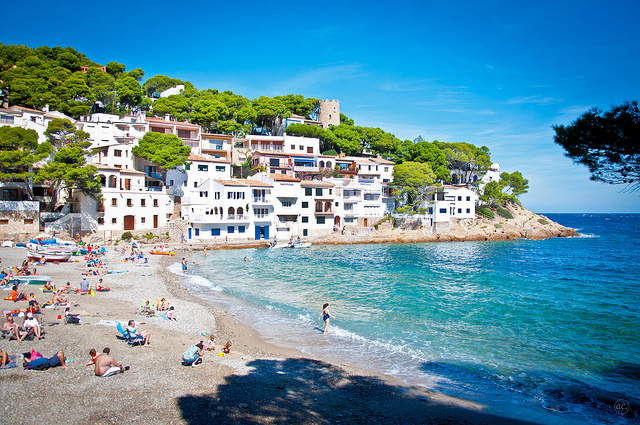
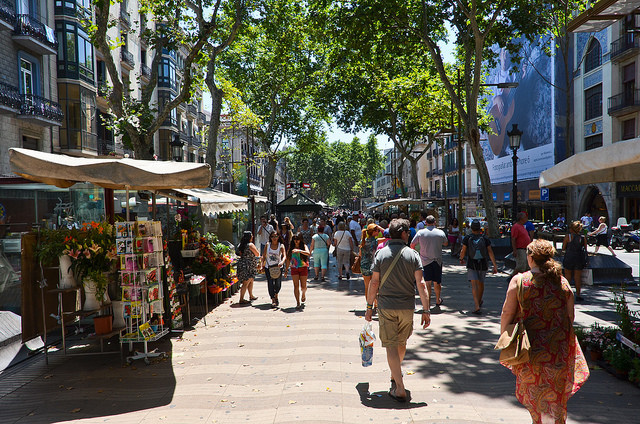
![Map of Las Ramblas. By Yearofthedragon (Own work) [GFDL (http://www.gnu.org/copyleft/fdl.html) or CC BY-SA 3.0 (http://creativecommons.org/licenses/by-sa/3.0)], via Wikimedia Commons.](https://travelingeurope.biz//wp-content/uploads/2015/12/Las-Ramblas-map.jpg.png)
